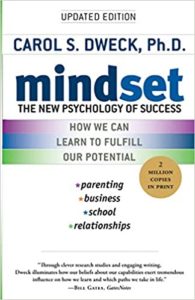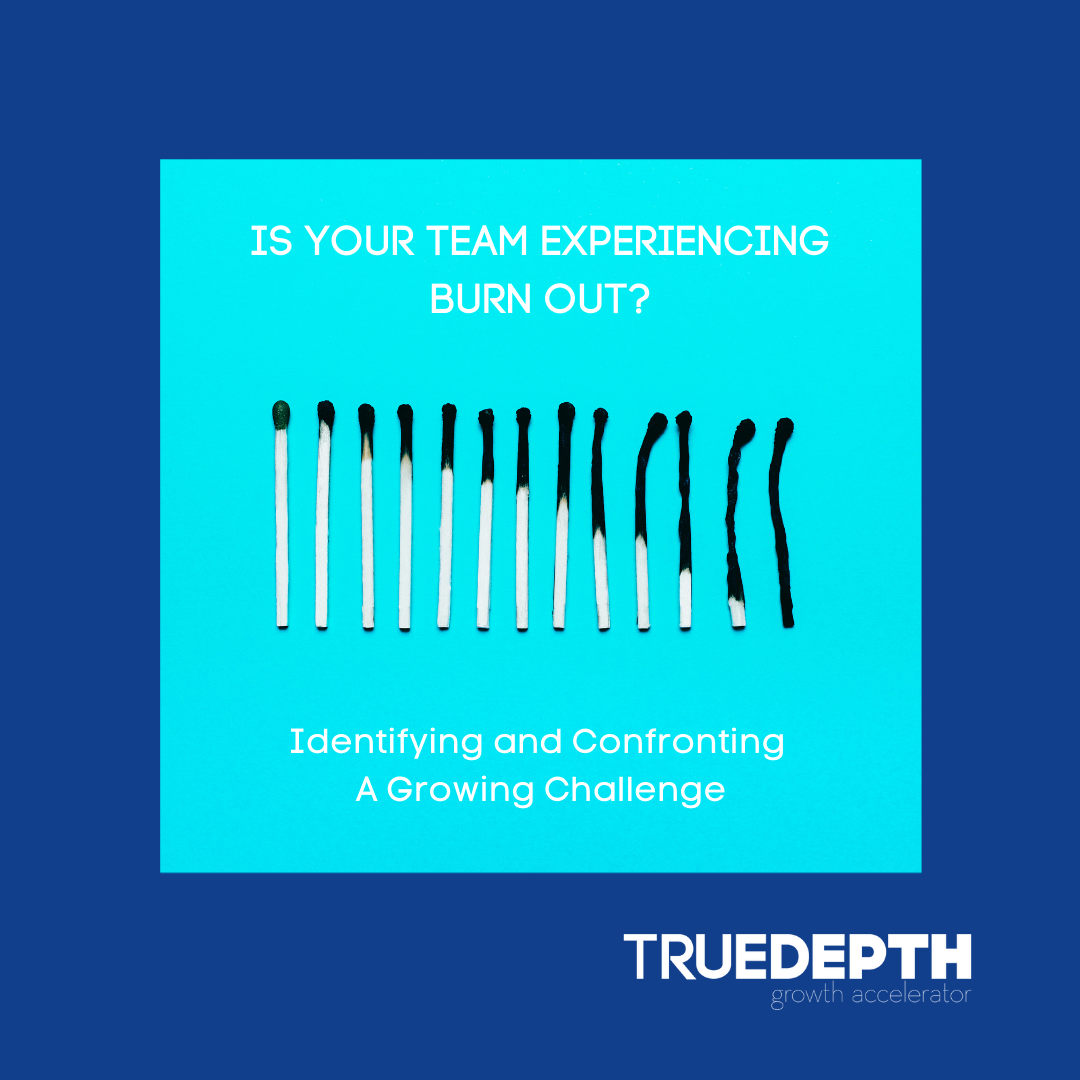Exhaustion. Sleeplessness. Depression. Anxiety. The emergence of unhealthy habits, behaviors, and addictions, combined with receding…
Spring Forward: Developing a Growth Mindset
How to get a growth mindset
If you had to rank yourself, how well do you embrace challenges? Do you welcome them as learning opportunities, or are you on the other end of the spectrum and prefer to avoid them at all costs?
How we react to obstacles and if we’ll persevere is all about our mindset. More specifically, it’s about adopting a growth mindset or believing that you can change your talents, abilities, and intelligence.
This concept is the opposite of a fixed mindset, which the Harvard Business Review defines as those who believe their talents are innate gifts. You’re born with it and unable to change—think being told you’re shy as a child and carrying this belief into adulthood.
Those with growth mindsets tend to take more strategic risks and are more satisfied with work than those with fixed mindsets, and they generally have lower levels of stress and anxiety.
(Check out my article on how stress can lead to burnout and ways to stop it in its tracks.)
No matter where you are today, the good news is you can shift these preconceptions and move toward having a growth mindset. By practicing the tips outlined below, you’ll be prepared to take on new challenges and even learn more quickly.
What is a growth mindset, and why does it matter?
The term “growth mindset” comes from the book “Mindset: The New Psychology of Success” by psychologist Carol Dweck. In the book, she tracked elementary school kids who learned elements of a growth mindset early in their lives to determine how they would react to change. Dweck compared how this group performed academically to kids who didn’t have access to the same lessons.
As Dweck highlights in a presentation on the topic, the children processed challenges and errors wildly different from each other. The growth mindset group looked at challenges as learning opportunities, becoming more resilient, and outperforming others in the long run. Some even said they enjoyed tough challenges.
Having a growth mindset is just as applicable in business, where you’ll see it used interchangeably with phrases like “future-ready” or “growth-minded.” Without it, we can come across as unapproachable, find it more challenging to learn, and often fail to gain a complete perspective. Our thinking and decision-making can also suffer.
So, what does a growth mindset look like in practice? At work, it often comes through in how you handle challenges, make mistakes, and give and receive feedback. The following will sound familiar to someone with a growth mindset:
- You understand that skills are built and grown
- You enjoy the process of getting better and learning
- You know that effort leads to growth
- You embrace and persevere through change/challenges
- You use mistakes to learn, treating them as opportunities
- You appreciate feedback and use it to grow
How you can embrace the concept of a growth mindset
This level of internal work isn’t always intuitive, and that’s okay. To help, think of finding the right mindset like you’re looking for a new pair of glasses.
Next time you’re in a challenging situation, try on a growth mindset like you would a pair of glasses. Ask yourself: “what would it look like if I approached this with a growth mindset?”
It’s all about leaning in and trying on your “new glasses” while also recognizing when you’re in a fixed mindset. Here are four tips to get you started.
Believe in your ability to figure things out
Regardless of your age, gender, or experience, knowing you can overcome a challenge is the first step toward growth-mindedness. Understand how your brain works, recognize the difference between growth and fixed mindset traits, and discover the optimal conditions needed for you to be at your best.
Question your assumptions (check that inner critic)
We all have inner critics. They’re those grumbling, nasty voices inside our heads telling us that we can’t, shouldn’t, or won’t. When we ruminate or allow those thoughts to cycle constantly, we start to view them as truth.
Interrupting those thoughts and having the ability to stop those cycles is a growth mindset strategy. Instead, talk to yourself like you would a friend by tapping into your inner voice. These are the supportive and encouraging thoughts we have, focused on the possible, objective and open, and forward-looking.
Create your own curriculum for growth
Identify one thing that you want to work on or modify—something your inner critic is focused on— and decide how you will move past it.
Everyone’s path is going to look different, but it’s essential to start small. You’re challenging an inner-critic here that’s likely made quite a home for itself in your mind.
One tactic is to use a short mantra; mine is “inspire, create, simplify.” These three words guide everything I do and become a grounding exercise for me when my inner critic sneaks in.
Honor the struggle
Look, shifting your entire mindset is hard work, so don’t give up. Take pride in what you’re doing to get results and celebrate those incremental wins. Your journey to develop and nurture a growth mindset is just as important as the destination.
Key takeaway
All of us have the potential to be growth-minded. However, questioning life-long beliefs, challenging your inner-critics, and jumping into the unknown can be a daunting process. Remember to think of everything you’ll gain. You’ll be more motivated to try new things, improve your work relationships, and when you’re not limiting yourself, you’ll unlock higher levels of performance and goal achievement.
True Depth offers small group workshops that go deeper into establishing personal growth mindsets and ways to infuse this forward-thinking into your business’s broader culture. Book yours today.




